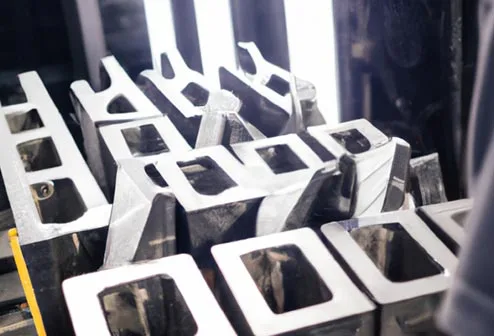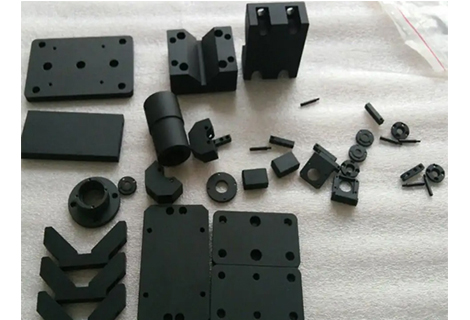Upload a CNC model to our automated quoting and design analysis system and our CNC machines will CNC turning or CNC milling the part in no time - it may be ready the next day. Behind it all is cutting-edge technology, but human input also remains essential and is not uncommonly to blame for problems that recur with designs for CNC machining. By avoiding these six mistakes, you can optimize your design, shorten machining time and perhaps reduce final manufacturing costs.
A common mistake is designing parts with surfaces where material removal would actually be unnecessary. Unnecessary machining contributes to longer machining times, and that greatly impacts the final production cost. Take a look at this example, where the design includes an important circular geometry that is needed for the application of the part (see figure at right, left image). It requires cutting the square holes/features in the center and then cutting away the material all around to create the finished part. However, removing the excess material here takes considerable time. In a simpler design (see figure at right, right image), the machine simply cuts the part from the block. Additional and costly removal of excess material is not necessary. The design change in this example cuts the machining time almost in half. Ensure a simple design to avoid unnecessary, time-consuming and costly machining.
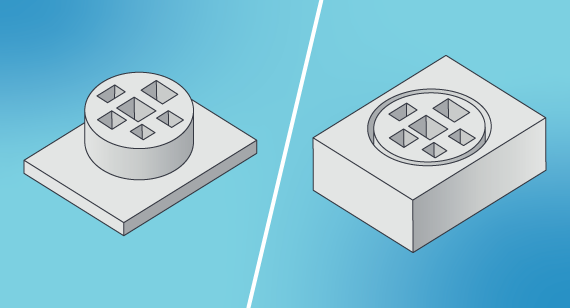
Avoid designing features that require unnecessary editing. On the left, the design specifies a critical circular geometry that is required, machining the square holes/features in the center, and then cutting away the surrounding material to expose the finished part. This approach greatly increases the run time to cut away the remaining material.
Avoid features that require unnecessary machining. In the left image, the design calls for a required circular geometry, with the square holes/features milled in the center and the finished part created by cutting away the material all around. With this method, removing the excess material takes considerable time. With a simple design like the one in the picture to the left, the part is cut from the block and unnecessary removal of material is eliminated.
You may want your components to have part numbers, designations or a company logo. Or you may just think a little text is cool. Adding lettering, however, increases costs. And the smaller the font, the more expensive it gets. That's because the very small end mills needed for lettering operate at relatively slow speeds, so the machining time and consequently the manufacturing cost of the part increases. However, there are several options. Milling larger lettering is much faster and therefore less expensive. And use recessed rather than raised lettering whenever possible, because the latter requires material to be removed to create the characters on the part.
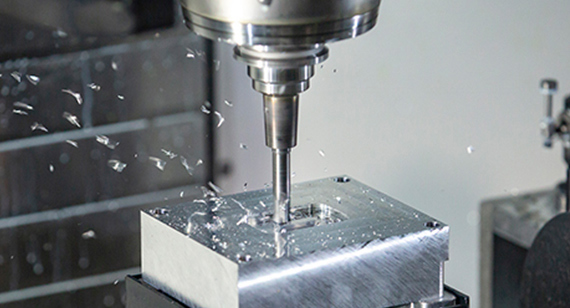
Walls in part designs are usually problematic. The cutting tools used in CNC machines are made of hard, rigid materials such as tungsten carbide or high-speed steel. Nevertheless, the tools bend or deform slightly when force is applied, just like the workpiece. This can lead to problems such as unwanted corrugation and difficulty in maintaining tolerances. The wall could also bend or break. The taller the wall - our maximum is 2 inches (51 mm) - the thicker it probably needs to be to provide higher stiffness. Thin walls 0.508 mm (0.020 in.) thick or less may break during machining and subsequently bend or deform. If possible, also avoid walls that are too thick because the milling tool usually operates at a speed of 10,000 to 15,000 rpm. A rule of thumb for wall thickness is a width-to-height ratio of 3:1. If you slope a wall perhaps 1, 2 or 3 degrees so that it tapers instead of being orthogonal, this could make machining easier while also leaving less excess material.
Some parts have right-angled corners or small pockets on the inside corners to make the part lighter or to accommodate other parts in an assembly. However, 90-degree inside corners and small pockets are too small for our larger cutting tools. To form them, the material must be scraped out of the corners with smaller and smaller tools. That can mean six to eight different tools are needed. And changing tools always costs time - and thus increases project costs. To avoid this, first determine how important pockets really are. If they only serve to save weight, review your design so you don't incur unnecessary material removal costs. The larger the corner radius in a design, the larger the cutting tool we can use, and the faster the machining will go.
CNC machining remains one of the fastest, most efficient, and economical methods for Prototype Manufacturing and production parts, and is still a popular choice for product designers and engineers. By avoiding the design mistakes described in this tip, you will optimize your design, shorten machining time, and potentially reduce final manufacturing costs.
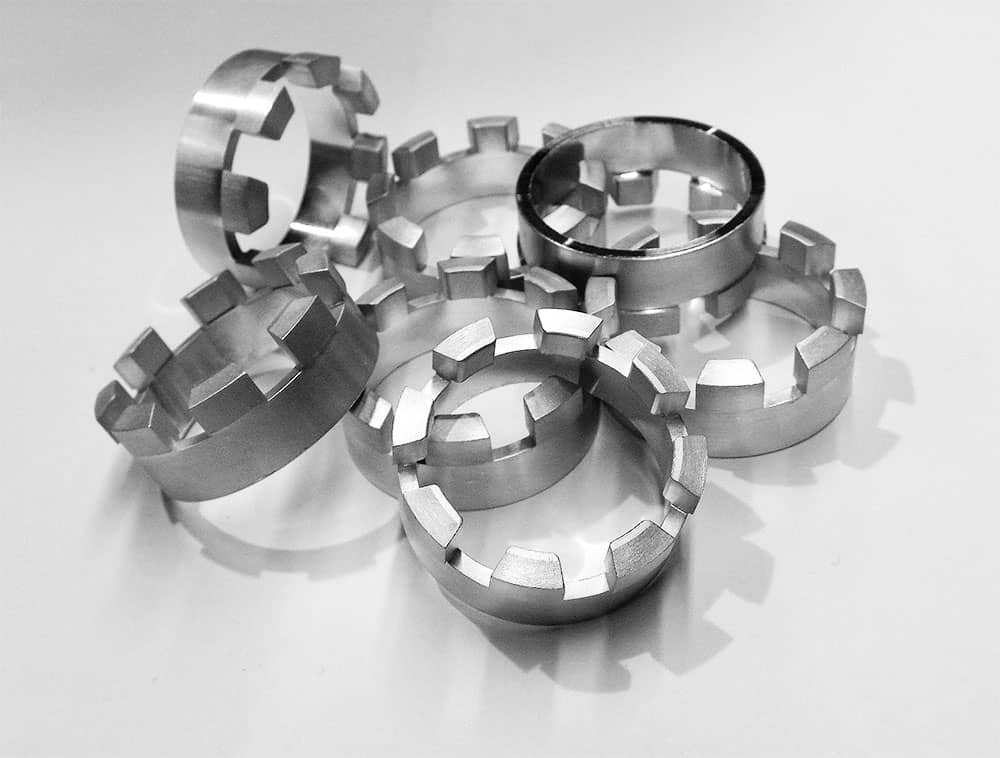
We can easily add threaded holes to CNC parts. But if you include threads in the design so that they are recognized by our software and incorporated into the part by the machine, this can cause difficulties. There is a selection of threads available for our quick turn process. When our software analyzes your part, it looks for a hole diameter that corresponds to one of these threads. For example, if you want a UNC or UNF #5-40 type thread, the software will look for a hole with a suitable diameter. Threads that do not match the hole diameter cannot be assigned to the part. This often results in queries, and we refer these customers to our brief threading guidelines. There you will find the thread types that are available from us. Click on a thread to bring up a table of hole diameters for that thread. If you choose a diameter that is 75 percent of the hole diameter - the chart shows that dimension for each thread - it will definitely work. Feel free to use your CAD software's thread wizard when designing your part. That's what most customers do. But check with our tables to make sure the wizard outputs a hole diameter that will work with our software. You can learn more about designing parts with threads here.
Designs for injection molded parts are often uploaded for our CNC service to be tested against prototypes before tooling is ordered. But each process has different design requirements, and the results can vary. A thick feature on a CNC part may suffer from sink marks, distortion or porosity during injection molding. A good design for an injection-molded part with ribs, pockets and other features requires more time during precision CNC machining. That means part designs are usually optimized for the planned manufacturing process. First, let our team advise you on how to modify an injection molded design for CNC machining, or simply create prototypes using the final manufacturing process - injection molding. At Richconn, our entry-level costs for prototype molds are very low.
If you have any questions, please feel free to contact our application engineers at +86-0755-28025755 or sales@richconn.com.cn. To start your next CNC project right away, simply upload a 3D CAD model. You'll receive a quote in just a few hours.
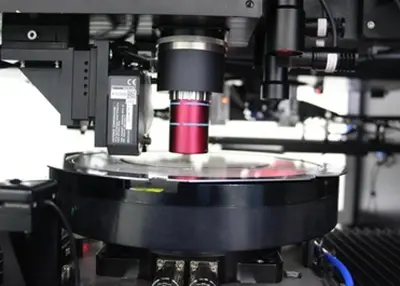 Micron-level machining accuracy 2024: Discover the endless possibilities of ultra-high-precision laser cutting processesJanuary 8, 2024Micron-level processing precision is increasingly widely used in various fields, especially in high-end manufacturing industries such as aerospace, electronic products, and medical equipment.view
Micron-level machining accuracy 2024: Discover the endless possibilities of ultra-high-precision laser cutting processesJanuary 8, 2024Micron-level processing precision is increasingly widely used in various fields, especially in high-end manufacturing industries such as aerospace, electronic products, and medical equipment.view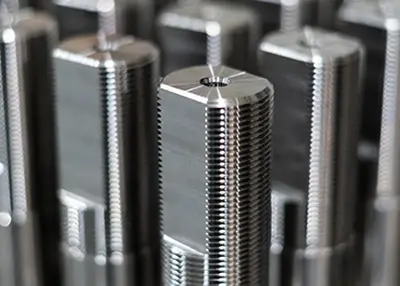 What Are the Precautions for EDM Machining?October 27, 2023EDM is a relatively new metal working technique compared to rotary tooling, shearing and forging. A fast pulsed high-voltage discharge (spark) passes through the gap between the electrode and the grounded workpiece, removing material from the workpiece by erosion.view
What Are the Precautions for EDM Machining?October 27, 2023EDM is a relatively new metal working technique compared to rotary tooling, shearing and forging. A fast pulsed high-voltage discharge (spark) passes through the gap between the electrode and the grounded workpiece, removing material from the workpiece by erosion.view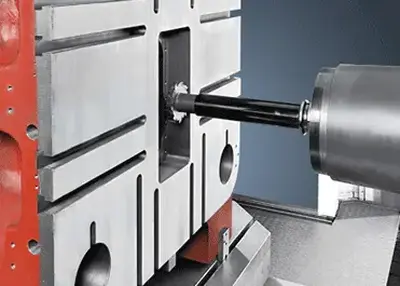 Navigating the World of Horizontal Boring TechnologyNovember 23, 2023Horizontal boring technology encompasses a realm of precision and innovation within precision CNC machining. At its core, it involves the utilization of specialized machinery, notably horizontal boring machines and mills, to create intricate cavities, bores, and holes with utmost accuracy.view
Navigating the World of Horizontal Boring TechnologyNovember 23, 2023Horizontal boring technology encompasses a realm of precision and innovation within precision CNC machining. At its core, it involves the utilization of specialized machinery, notably horizontal boring machines and mills, to create intricate cavities, bores, and holes with utmost accuracy.view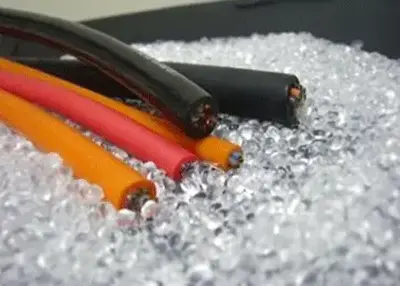 Resin Materials: What They Are, How They Differ, and How to Use ThemDecember 8, 2023Resin materials are synthetic or natural substances that can be molded or shaped into various forms. They are widely used in many industries and applications, such as art, crafts, jewelry, furniture, electronics, medical, aerospace, etc.view
Resin Materials: What They Are, How They Differ, and How to Use ThemDecember 8, 2023Resin materials are synthetic or natural substances that can be molded or shaped into various forms. They are widely used in many industries and applications, such as art, crafts, jewelry, furniture, electronics, medical, aerospace, etc.view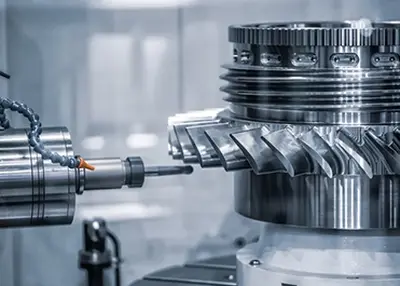 How Are Tolerances in Machining Created?October 26, 2023Parts in the processing process, due to various reasons, processing and manufacturing of parts size can not be exactly the same as the size of the parts drawing design, the degree of deviation between the actual geometric parameters and the ideal geometric parameters for the parts processing error.view
How Are Tolerances in Machining Created?October 26, 2023Parts in the processing process, due to various reasons, processing and manufacturing of parts size can not be exactly the same as the size of the parts drawing design, the degree of deviation between the actual geometric parameters and the ideal geometric parameters for the parts processing error.view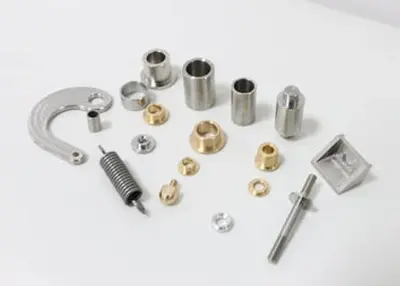 Fasteners 101: Common Types of Automotive FastenersAugust 24, 2023Automotive fasteners are an essential component in the construction and maintenance of vehicles. As a result, automotive part manufacturing relies on high-tolerance designs that include connecting mec...view
Fasteners 101: Common Types of Automotive FastenersAugust 24, 2023Automotive fasteners are an essential component in the construction and maintenance of vehicles. As a result, automotive part manufacturing relies on high-tolerance designs that include connecting mec...view
 EN
EN
 ru
ru 
